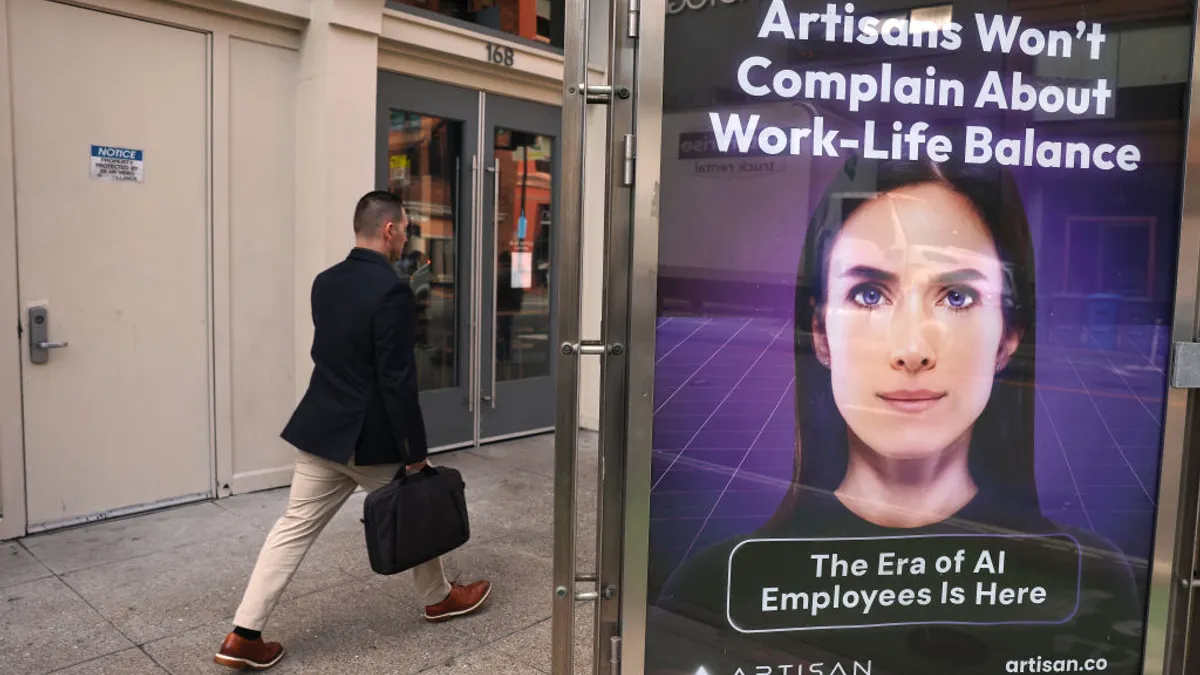At the end of last year, HR Dive predicted that marketing would take an increasingly active role in talent acquisition for most organizations. Recruitment marketing has transformed the ways in which recruiters attract candidates and get them excited about career opportunities.
Using social media channels, creating fully branded career websites, and posting jobs on mobile job boards are among the most effective ways to use marketing tools in recruitment. Technology is playing an increased role in recruitment marketing. However, many of those systems are not meeting the needs of candidates, which may blunt the efficacy and return on investment.
Recruitment management system technology must be transparent to improve the candidate experience. Technology, with all of its benefits and efficiencies, has also created barriers for candidates.
Limits of the typical RMS
Instead of a human to interact with, most candidates view a carefully branded career website where they are directed to a very unfriendly job posting followed by a long and complex application process and then a generic automated message. Then they are seemingly forgotten about.
Just as artificial intelligence developments don’t mean robots will replace human resources departments, advances in recruitment technology don’t negate the importance of human interactions, and consideration, in recruiting.
Rarely does any RMS indicate what candidates can expect in the hiring process, if and when updates will occur, or any next-steps. While they do a fairly good job of attracting candidates, this technology drops the ball after the fact.
Marketing efforts need to continue beyond the first point of contact to keep candidates interested, engaged in the company, and informed of processes before a competitor swoops them up. Otherwise, why would any organization invest so much time in marketing to candidates?
Is recruitment marketing technology dead or alive?
The sustainability of recruitment marketing technology has been questioned by some experts who debate how to address its shortcomings and efficacy.
Tom Steele, the VP of Talent Solutions for My Alerts, Inc., recently argued many recruitment platforms are sadly out of date and don’t address the needs of candidates in a blog post (‘10 Reasons Why Recruitment Marketing Platforms Are Dead’) for ERE Media.
Steele argues there are problems in the way the various moving parts of recruitment marketing work, leaving many companies little choice but to stack their career site, CRM, ATS, Analytics, and Job distribution channels. These systems are not playing well together and this kills the capacity of marketing because it takes away from the entire candidate experience. He also says the relevance of this approach is negatively impacted by a lack of innovation, candidate resistance to searching and applying for jobs, a lack of differentiation in sites, and out of date engagement tactics.
Chris Forman, CEO and founder of Appcast Inc., disagreed with Steele in a reponse post (‘Recruitment Marketing Platforms are Not Dead. Here’s Why’ ). Forman agrees Steele’s reasons for dismissing recruitment marketing platforms were fundamentally correct, but argues Steele did not define all recruitment marketing platforms fairly.
Appcast found that ease of use matters in a study of 250,000 candidate applications across 15 industries, Forman noted. When an application takes more than 5 minutes to complete, the study found, 385% fewer candidates submitted an application. Many recruitment marketing platforms are not mobile friendly, Forman notes, and 98% of mobile candidates regularly abandon the application process when the mobile app process is poorly handled.
However, Forman challenged the industry to consider the broader scope of recruitment marketing, which includes social recruiting and programmatic targeting — much in the way that advertisers post user-search driven advertisements to consumers. The rate of return is much higher when this is the method used to approach candidates. Forman argues this is the direction that recruitment marketing is taking.
Recruitment marketing strategies could take note of other areas of innovation for possible ways to address these challenges. Adaptation is already happening in the mobile job board space through innovators like Crowded, which takes advantage of the increasing use of mobile searches by millennials and Gen Z. Large online job boards are quickly being replaced by social media platforms like LinkedIn and the more recent Facebook job posting feature. A similar change may be needed if recruitment marketing platforms are to remain a helpful part of recruiting strategies.
To meet future demand, recruitment marketing initiatives should take their cues from mobile job boards and reach out to candidates in ways that resonate. Recruiters will need to remain accessible and in communication with applicants at all steps of the process, and that may mean updating marketing strategies and technology.
The user experience matters, especially to younger generations that expect good UX at all touch points during the process. A bad experience can lead to a bad recruitment brand — and it may be hard to recover from that.



















